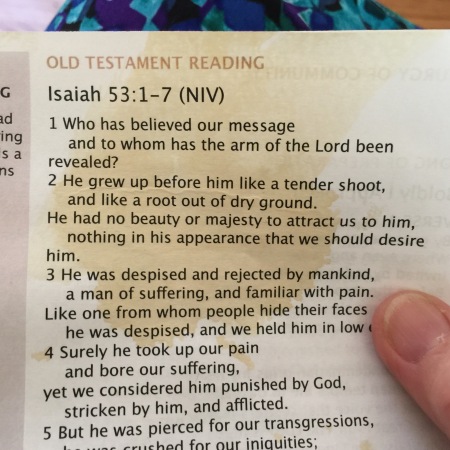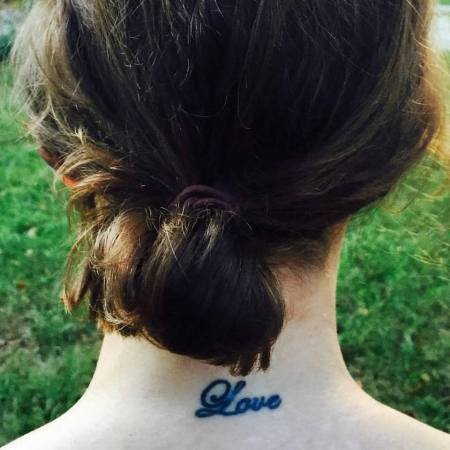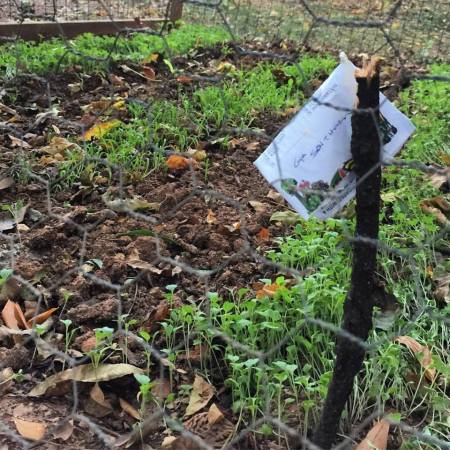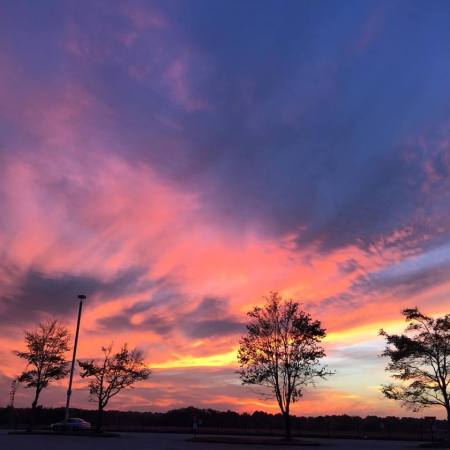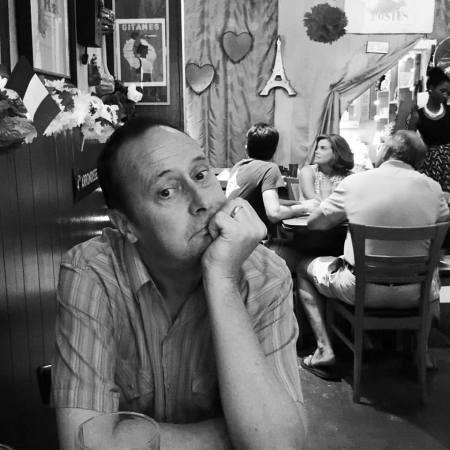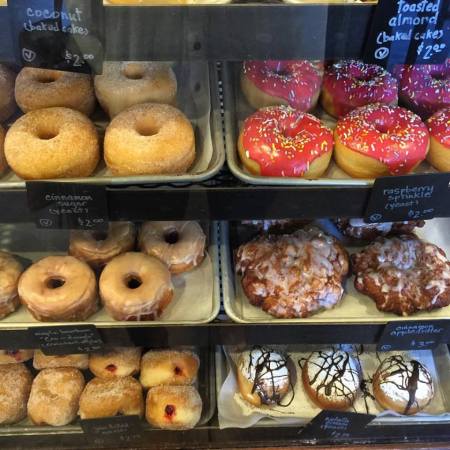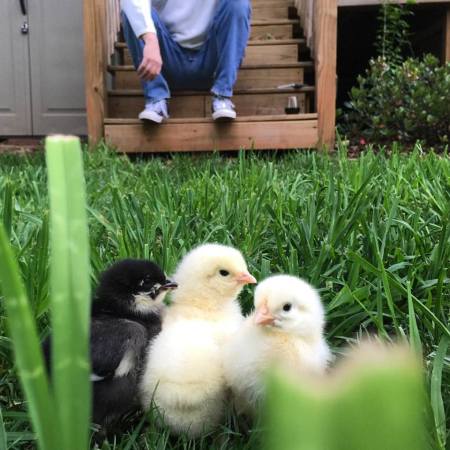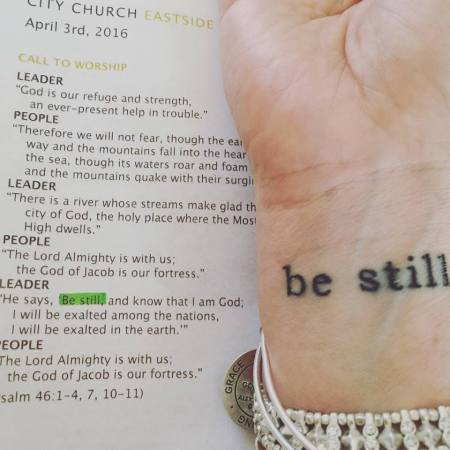#blog52 #week4
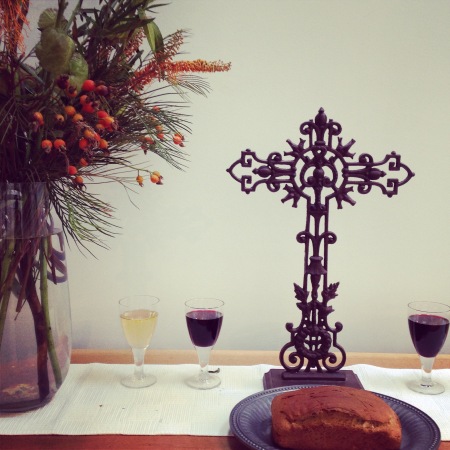
“And he took bread, gave thanks and broke it, and gave it to them, saying, ‘This is my body given for you; do this in remembrance of me.'” Luke 22:19
(Yes, Jesus again. It’s just week 4, but so far this blog is way more Jesus-y than I anticipated. Sorry not sorry? Somehow I thought I could use scripture as a writing prompt and jumping off point, following thoughts and words where they wanted to go, expecting to write about things not so overtly spiritual. But these last few weeks… everything keeps bringing me back to Jesus. Make of that what you will.)
That verse, about the Last Supper. The accounts are virtually identical in Matthew, Mark and Luke. Jesus took the bread, gave thanks, broke it, gave it to his disciples.
How many times have I heard it? Thousands. I’ve heard it my whole life. I hear it every week now, near the end of each service at City Church, as we prepare to take communion together. And a few days ago I read it like it was the first time; saw something brand new in the simple and familiar words.
I just started reading The Broken Way by Ann Voskamp. It’s about finding meaning and abundance and intimacy with God within the suffering and brokenness of our lives. In chapter two, she writes about this verse. About how the original word used here for “give thanks,” eucharisteo, means not just thanks, but a thanksgiving that incorporates grace and joy.
Of course, the bread served two purposes. It was actual bread, part of the meal that they ate, but also a symbol of Christ’s body, soon to be broken and sacrificed. These were His last hours before death, and He knew it. It was in this dark, somber time of grieving that Jesus gathered his closest friends for a meal.
He did four things here: 1) took the bread, 2) gave thanks, 3) broke it, and 4) shared it. In the worst of circumstances. And the bread represented His body; His very life. He knew it would be broken. He accepted the pain, and He gave thanks. Thanks for what? For the bread, and for friends to share it with? For life itself, and friends to share it with? For God’s purposes, being revealed and accomplished through brokenness and pain and suffering? I don’t know. Yes, all of that, I think.
It’s the “giving thanks” part that I’ve been missing in the familiar communion verse. I heard it as a cue for me to thank Christ for his sacrifice, for paying the price for my sin — and that’s appropriate, of course. What I didn’t stop to notice was that He was giving thanks. Right in the middle of His own brokenness and grief, when everything looked darkest.
And He said “do this.” It’s counterintuitive. I’m thankful when good things happen. When the sun shines and those I love are healthy and there are victories and happy occasions to celebrate.
But when thinks seem dark and difficult, and everything is wrong and broken and discouraging? Give thanks for what? Food, and friends to share it with. Life, and friends to share it with. God’s purposes, even when I don’t see or understand them, being accomplished in the midst of brokenness and pain and suffering. All of that. May I remember to give thanks.
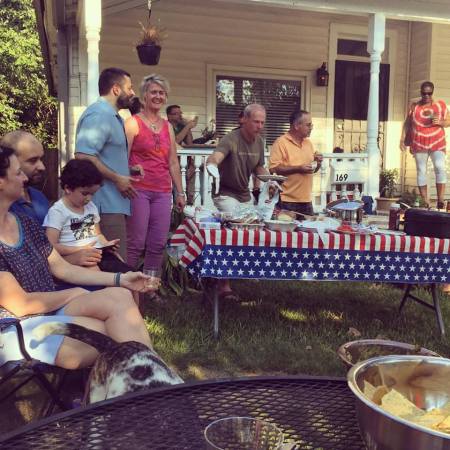
For food and friends to share it with.
